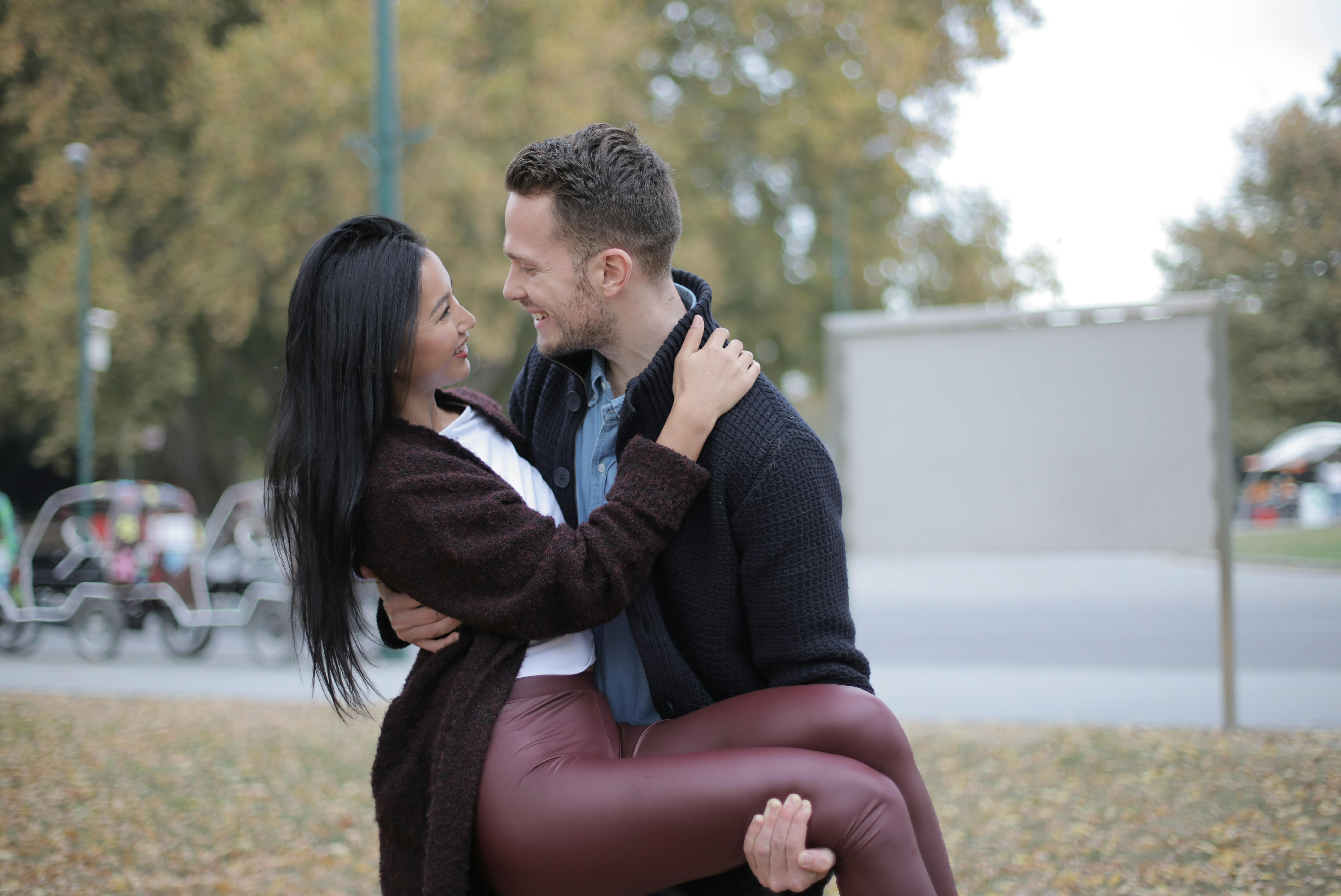A full mind needs full attention. When your mind is full and thoughts are just a whirlwind, it’s hard to focus on anything. Or does this happen when you try to fall asleep, your thoughts won’t leave you alone, and you go over the events of the day over and over again?
Whatever the reason for your busy mind, mindfulness has a few techniques to help you slow down and silence the clamor. The starting point is usually to focus on the breath, without judging, without trying to change the pattern of our breathing.
Let’s explore a couple of situations and see if they ring true to you.
I can’t sleep – mind too full
This is a very common scenario for many of us and we all have our own ways of dealing with it. Some of us can ‘start over’ at bedtime rituals, others can turn to a book or a hot drink. These are all perfectly good approaches to that particular problem, but let’s take a look at some of the mindful techniques we can use.
Winding down to go to sleep is a time when we can practice focusing on our breath and body. Mindfulness meditation often begins by focusing on your breath, taking it in and out, not trying to change it, just noticing the flow in and out. This awareness of our breathing is a way to distract ourselves from the whirlwind of thought. If we can focus on the sensation of the breath going in and out of our body, the rise and fall of the ribs, the sensation of the air passing through the nose or mouth, then we can divert ourselves from focusing on our thoughts. . We may initially be unable to stay focused on our breath and away from our thoughts, but the more you practice, the easier it becomes.
A meditation that is often helpful to calm the mind before sleep is a visualization technique. This means that we build an image in our mind of a scene. The image for this meditation is a stream with leaves floating on its surface. The stream flows so that the leaves can float past unimpeded. As we relax and focus on our breathing, we will experience thoughts that come to mind. As each thought appears, we take it and put it on a piece of paper and let it float. The idea of this meditation is to encourage us to see our thoughts as transient and allow them to ‘float away’. Sometimes this type of meditation uses other images, clouds floating by, balloons floating away, but the concept is the same, see your thoughts as transient and allow them to drift away. In this way we can clear our mind and with a clear mind, we can fall asleep.
Unable to concentrate – too many things on your mind
Often this situation occurs when we are anxious and it can feel completely disabling. We may find it difficult to make decisions, or even make simple choices. We are stuck in our habitual responses, frozen in time.
This very brief practice provides a way to get out of autopilot mode and into the present moment. What we are doing is creating a space to reconnect with your natural resilience and wisdom. We are simply tuned in to what is happening at the moment, without expecting any particular results. It is known as ‘STOP’
S – Stop and take stock, checking the head, heart and body.
We bring ourselves into the present moment by deliberately asking: ‘what is my experience right now?’
· Thoughts: what do we say to ourselves, what images come to mind
· Feelings: enjoy, neutral, upset, excited, sad, angry, etc.
Sensations: physical sensations, tightness, support, lightness.
We acknowledge and record our experience, even if it is uncomfortable.
T – “Take” a breath and direct our awareness to our breath.
Our breath can function as an anchor to bring us into the present and help us tune into a state of awareness and stillness. Take a deep breath in and out. Then continue to breathe normally. We must gently direct all our attention to the breath, to each inhalation and each exhalation as they follow one after the other.
O – Open and observe, expanding our consciousness outwards.
We expand the field of our consciousness around and beyond our breathing, so that it includes a sensation of the body as a whole, our posture and facial expression, and then to what is happening around us: sights, sounds, smells, etc. . It may help to count: 4 things we can see, 3 things we can hear, 2 things we can touch, and 1 thing we can smell.
To the best of our ability, bring this expanded awareness into our next few moments.
P – Proceed with new possibilities, continuing without expectations.
Then, we let our attention move to the world around us, feeling how things are right now.
Instead of reacting habitually or mechanically, we can be curious and open, responding naturally. We have broken the autopilot response, without expecting a result.
Try and practice these techniques the next time you find yourself with a busy mind.
